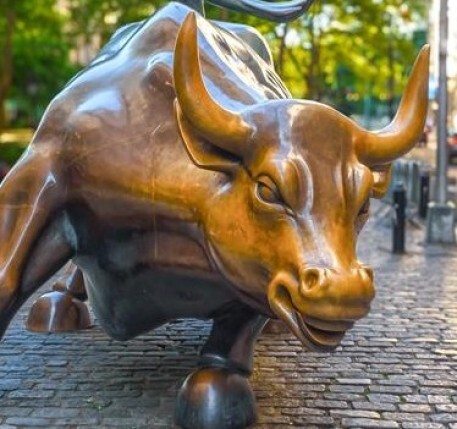What caused a trend reversal and the worst daily decline in US markets since March 2020? Has an inflation figure “only” 20 bps above consensus expectations! Investors' fear lies essentially in the acceleration of core inflation (i.e. excluding the most volatile elements) and therefore in the feeling of inflation more firmly anchored in the economy, amplified by the "price-wage" loop, which only a strong recession could stop.
In detail, it must be recognized that the inflation figures do not really invite optimism. Indeed, while headline inflation continues to fall (8.3% over one year compared to 8.5% the previous month), the pace is below expectations, but above all is due only to the drop in oil prices (-10.6% over the month for gasoline) and its direct repercussions on certain sectors (prices of transport for example). The other major components of inflation, on the other hand, are almost all up. In services, unlike the goods sector, demand is more resilient and wage pressures remain strong in a still tight labor market. In food, rising inflation continues with few signs of easing. Over 1 year, prices are up by 11.4%, the highest since 1979. Finally, it is at the level of rents that the fears are the strongest. The rise in real estate prices and the pressure on mortgage rates have excluded many first-time buyers from the market, who have had to switch to the rental market, pushing up rents. If real estate prices have already started to fall, rents are changing with a lag of almost 1 year... the problem is therefore likely to last. We can therefore wonder how the Fed will take into account this indicator, which is largely lagging behind but which contributes nearly 40% to the core inflation figure. This week's FOMC meeting should therefore be in line with previous ones with a further rise of at least 75 bps. “At least”, because since the August inflation figure, a historic rise of 100 bps is now no longer excluded! However, to try to stay positive, it should be noted that the leading indicators continue to point downwards: the drop in tensions on production and supply chains continues and the signals of a slowdown in activity are emerging. multiply, leading to the decline of many raw materials. Even wage inflation expectations have started to turn around in business surveys, suggesting to the most optimistic that the risk of a "price-wage" loop, feared by the markets, is diminishing.
With growth forecasts pointing dangerously low for next year (see chart of the week), central banks will have to, whatever they say, avoid the error of tightening too much while the figures for inflation have some upward inertia. In Europe, some voices have already begun to temper overly aggressive future increases. For Vitor Constâncio, for example, a former member of the Executive Board of the ECB, “a cautious progressiveness [of monetary tightening] would be justified”, interest rates being “an instrument badly tailored to respond to supply shocks”.










